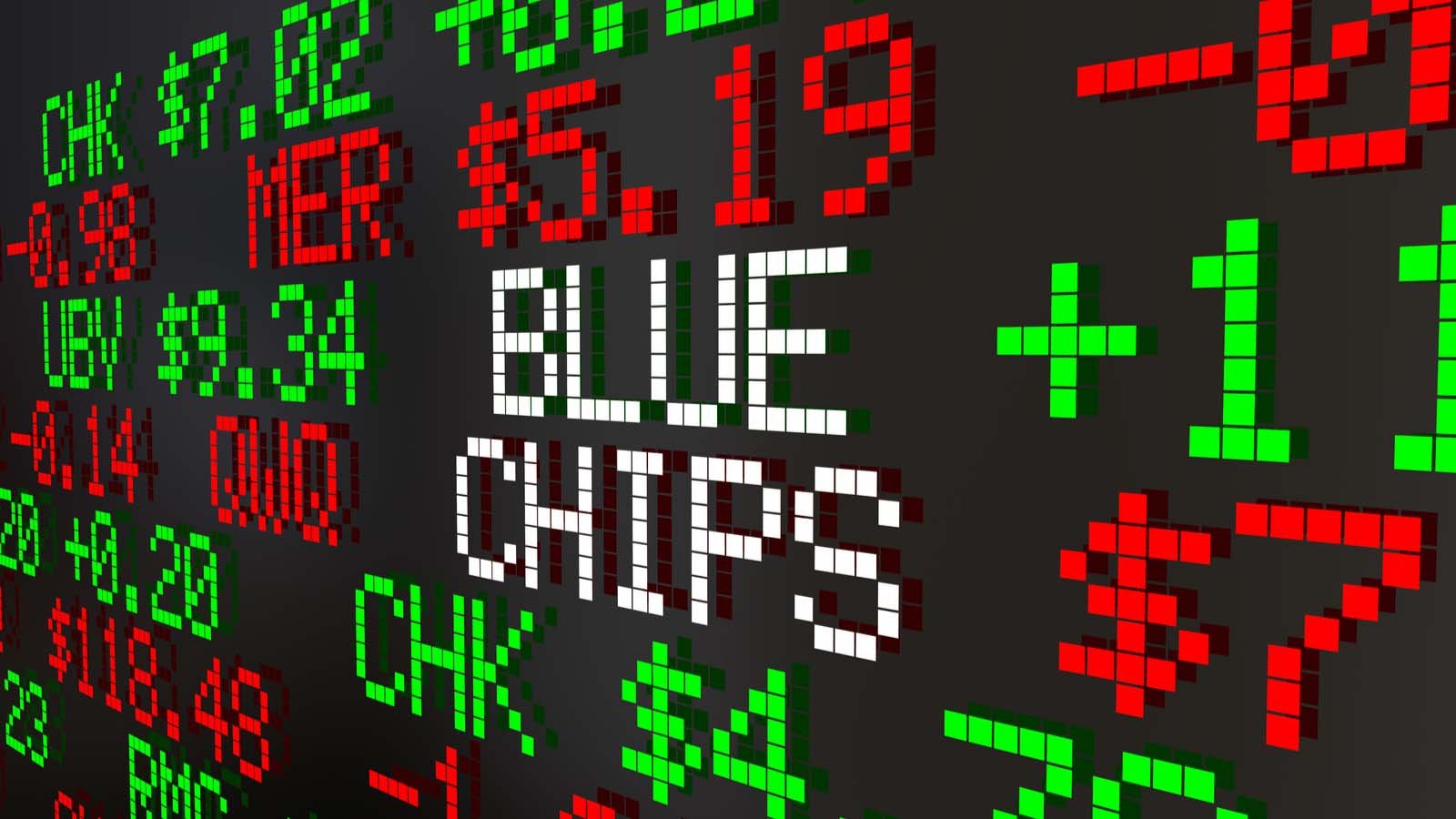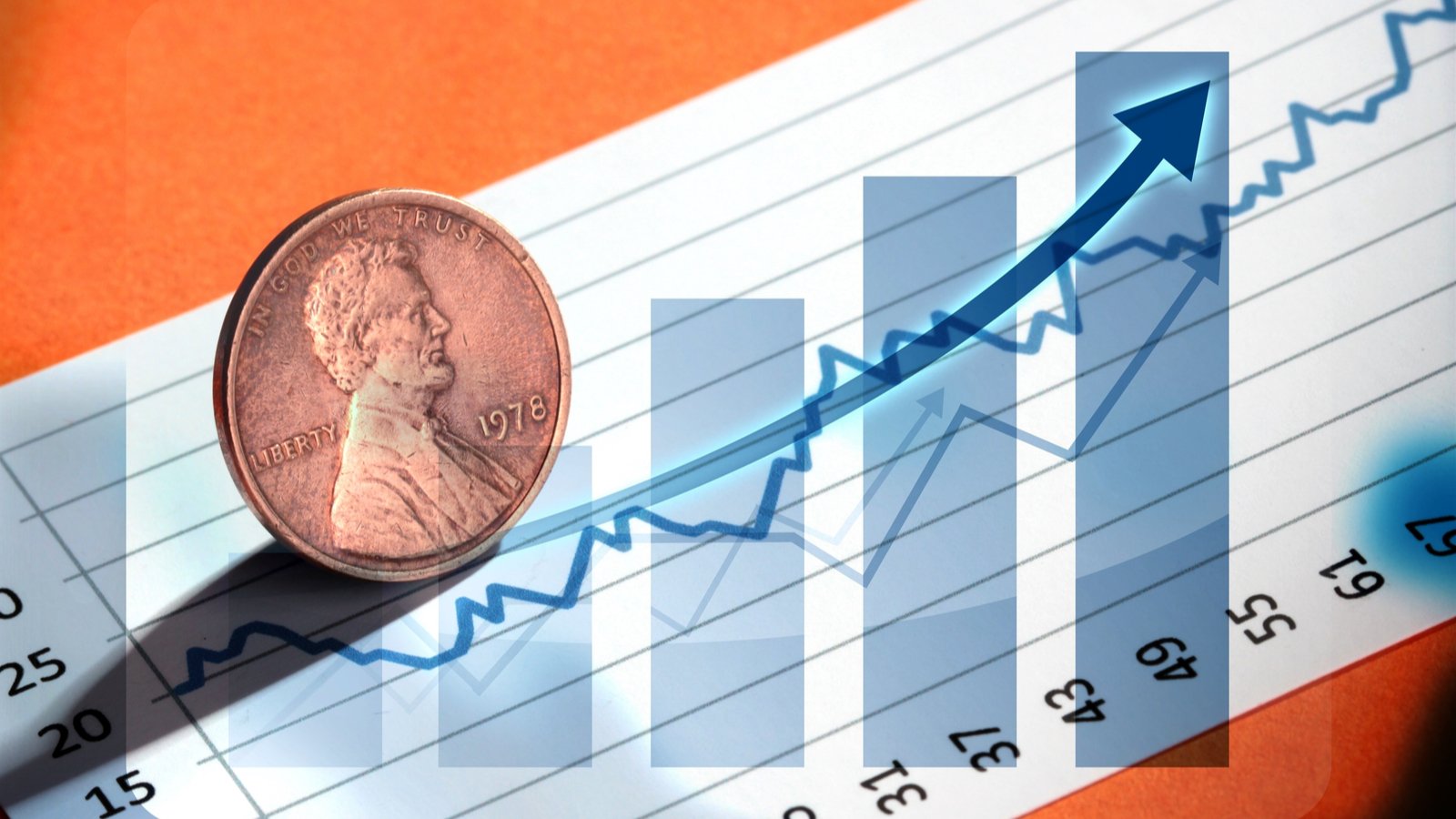courtesy of Getty Images
courtesy of Getty Images
Key Takeaways: Overnight, the yield drop has begun to wreak havoc on markets, with major indices collapsing.
Crude oil is continuing to fall after reaching a six-year high earlier this week.
Initial unemployment claims for the week were 373,000, slightly more than Wall Street’s projections.
This morning, the “check engine” light on the rally’s instrument panel flashed. That little oil can icon also appears to be glowing.
Fears that dropping rates could signal an economic slowdown triggered a wave of selling overnight. This came after a drop in European and Asian stocks, as well as a new leg lower in crude oil, which is now down more than $5 a barrel from its six-year peak earlier this week.
This morning, the benchmark 10-year Treasury yield dipped to 1.26 percent, the lowest level since February 18. Bond yields in Europe and Japan also declined. Since peaking near 1.78 percent in March, the 10-year yield has been steadily declining, but things have picked up in the recent several weeks. Bonds are said to move first, and that is certainly true this time.
As inflation rose, it appeared like we were on our way to a 2 percent or higher yield, but now the question is whether we’ll see a 1 percent yield before we get there. If inflation isn’t a concern, the economy may not be rising as swiftly as it was in April and May, when inflation was at its peak. Inflationary pressures are frequently associated with quicker economic growth.
If economic growth is questioned, it might be bearish for some of the “cyclical” sectors, such as Energy and Financials, which have helped lead the advance thus far this year. In pre-market trading this morning, bank equities were under pressure. If economic growth is questioned, the semiconductor sub-sector of Tech may be more vulnerable. Chip stocks are dubbed “Tech’s version of cyclicals” because they are particularly sensitive to economic growth. Also, some people have bitcoin exposure, which is currently at a modest level.
ADDITIONAL INFORMATION FOR YOU
Meanwhile, “defensive” industries such as Staples, Health Care, and Utilities may profit. Also, we may see more of what we’ve seen in recent sessions as investors flock to “mega-cap” Tech stocks, which some believe can provide a “port in the storm,” so to speak.
Having stated that, let’s not get ahead of ourselves. Yesterday, the stock market hit new highs, and last week’s jobs data was a landslide. Initial unemployment claims of 373,000 today were slightly higher than the Street’s average estimate of 350,000, and while it’s unfortunate to see jobless claims remain higher than pre-Covid, it’s not a statistic that should worry the kids because it’s in line with most recent data.
The economy is growing at its fastest rate in nearly four decades. The bond market may be deteriorating, and no one should dismiss this possibility. But, when equities fall, let’s see whether there’s any “buy the dip” desire. This has been the pattern for the entire year. Despite the overnight losses, the S&P 500 Index (SPX) is trading roughly where it began the month barely a week ago. After the futures market dipped below 4300 this morning, one thing to watch is whether the SPX can hold that level.
The minutes from the Fed’s most recent meeting, issued yesterday, didn’t sound particularly hawkish, so yields didn’t acquire any new information to help them stop falling. Some analysts believe we’ll have to wait until the Fed’s Jackson Hole meeting later next month for any updates on any tapering of Fed support, but if next week’s June inflation statistics don’t worry people, the taper fears of a month or two ago may start to look exaggerated.
Despite the fact that major indexes rose to new highs on Wednesday, caution remained the dominant tone. Investor caution may be seen in the lower 10-year yield, stronger dollar, and advances in so-called “mega-cap” firms like Apple (AAPL), Amazon (AMZN), Microsoft (MSFT), and Facebook (FB), which appear to be playing a defensive role. When it appears that tougher times are on the way, some investors appear to gravitate toward those equities and the US dollar. Even the FAANGs, however, fell in pre-market trade on Thursday.
Procter & Gamble (PG), PepsiCo (PEP), and Clorox (CLX), all of which did well in the early days of the pandemic, are among the companies surging mid-week that could play into this cautionary story.
Meanwhile, several industries that are prone to suffering when the economy slows are showing signs of wear and tear. The Russell 2000 (RUT) index of small-cap stocks comes to mind, as it is down approximately 2% in the last week.
Wednesday resembled Tuesday in some ways, with banks and airlines taking it on the chin amid lower rates and concerns that the Delta variant of Covid may hinder global travel. Three of the five “FAANGs” rose, with Apple (AAPL) on the cusp of setting a new high for the first time since early this year. As we mentioned yesterday, seeing growth in Apple (AAPL) and Microsoft (MSFT) shares can make some investors feel more comfortable investing in equities in general.
One thing to note is how the US dollar continues to gain ground. After dipping to below 90 a month ago, the dollar index is flirting with 93. Even while the index hasn’t been this high in the past (it was over 100 a few years ago), it does appear to be gaining strength here as yields continue to fall. One reason weighing on crude, which went below $72 a barrel at moments on Wednesday, could be the dollar’s strength.
In terms of economic concerns, what numbers should investors be looking at to determine if the Treasury market has something to say? Earnings will begin next week, of course. They begin with the majority of the country’s largest banks. Analysts expect big increases in overall profits per share and revenue year over year (see more below). Failure to meet the high estimates could be a sign that things aren’t moving as quickly as they were.
Last week’s jobs data was upbeat, and today’s weekly initial jobless claims could provide more insight into the economy. Recent job statistics appear to be mainly positive, at least when viewed in the context of the post-Covid era, when many people remain unemployed, owing in part to structural challenges in the economy caused by the pandemic.
Despite the reduced rates, not all “growth stocks” performed well yesterday, according to research firm Briefing.com. While some cyclicals increased, Tesla (TSLA), Nvidia (NVDA), and Facebook (FB) all sank. In a declining rate environment with concerns about economic growth, you’d expect the reverse.
After the first batch of bank earnings, consumer and producer prices for June, and retail sales, we should have a much broader view of the economy in a week. It’s a bit of a guessing game why yields keep falling till that’s under investors’ belts. Hopefully, executives from corporations like JP Morgan Chase (JPM) and Goldman Sachs (GS) who report next week can provide some insight.
TREASURY YIELDS SLIDE, TODAY’S CHART. The 10-year Treasury yield (TNX—candlestick) plummeted below its 38.2 percent Fibonacci retracement level (yellow horizontal line) of 1.28 percent this morning, the lowest since February. Cboe Global Markets provided the data. The thinkorswim(R) platform provided the data for this graph. Only for the sake of illustration. Past performance isn’t a guarantee of future success.
Cboe Global Markets provided the data. The thinkorswim(R) platform provided the data for this graph.
2009 Could Be a Year of Earnings Nostalgia: With earnings season starting in less than a week, FactSet predicts a 63.6 percent increase in average S&P 500 earnings per share year over year. That would be the biggest growth since a triple-digit gain in Q4 2009, which had an obvious advantage over Q4 2008, when the financial crisis led earnings to plummet. Because of Covid, there’s also an easy comparison this time. FactSet isn’t the only one predicting strong earnings growth in the second quarter. CFRA/S&P Global forecasts a 60.3 percent increase.
It would be easy to assume that Q2 will profit from unusual circumstances a year ago, but the economy was beginning to recover by Q3 and Q4 of last year. As a result, future comparisons will be more difficult, but experts are also upping their earnings forecasts for the whole year of 2021. Between March 31 and June 30, analysts tracked by FactSet boosted their full-year earnings expectations for 2021 by 8.6%, implying a 35.5 percent increase in earnings and a 12.4 percent increase in revenue. That’s significantly beyond projections for EPS growth of roughly 20% when the year began.
What Does All This Mean for Investors in Terms of Valuation Calculation? If the average analyst forecast for calendar-year earnings is true, prices could begin to fall from historic highs, barring another massive stock rally. Although some of the major indices recently set new highs, the market has been essentially stabilizing for the last few months. A robust earnings season, coupled with business guidance that matches analysts’ more bullish 2021 estimates, has the potential to make stocks look more appealing from a valuation aspect, thus creating a new impetus.
According to FactSet, the SPX is still overvalued on a historical basis, trading at approximately 21.4 times the average projection for earnings over the next 12 months. The historical average is closer to 16. One explanation for the market’s current trepidation could be the premium valuation, especially with key indices at or near record highs. With analysts predicting 60 percent or higher profit growth in Q2, exceeding those predictions by a large margin will be difficult, thus success in Q3 and Q4, when comparisons are closer to average, may be the deciding factor. Another reason why guidance is so essential this earnings season is because of this.
Work from Home Stocks, EV, EV, EV, EV, EV, EV In June, we found buyers: If there’s a pattern in this week’s TD Ameritrade Investor Movement Index(R) (IMX) data, it appears that IMX-tracking investors are doing well./n

/https://specials-images.forbesimg.com/imageserve/60e6f93fd7a9fb7e2f21c87f/0x0.jpg)



